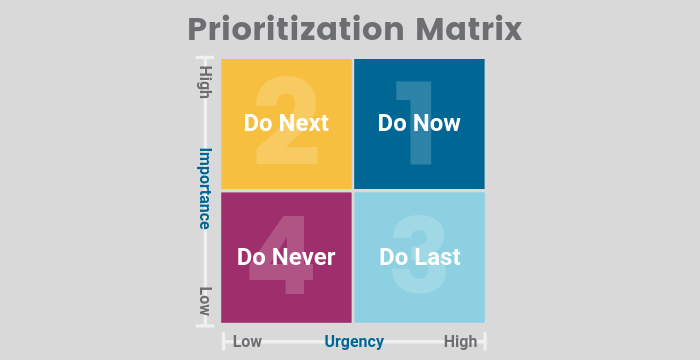4 Performance Management Best Practices
According to a survey conducted by Energage, two-way communication is the largest differentiator in the leading companies noted as Top Places to Work. More so, numerous studies have shown a clear correlation between open, honest communication with employers and employee job satisfaction. This is a primary driver for why improving communication between employees and management has never been a more relevant strategy for retaining top talent. In fact, it is essential to job satisfaction.
Performance management is an ongoing process designed to enhance employee success and development. Employees need ongoing feedback – whether that means an employee that needs to be engaged or an underperformer that needs a clear improvement plan. At the end of the day, it helps employees be the best they can be while also increasing employee satisfaction.
How can business owners in Hawaii implement these strategies into their current system? We’re sharing forward-thinking approaches with clearly defined goals and expectations that can set the stage for success from the first day of work until the last.
Let’s look at four performance management best practices that you can leverage for employee satisfaction.
It can be challenging to figure out exactly how to to set goals that work for your business. Using the SMART framework can help clearly define expectations, and give you a path to producing real results. What’s the SMART model?
SPECIFIC: Choose the particular goal you want to hit, like zero customer complaints this quarter or answer all calls before the third ring. Identify who’s working towards the goal, the resources they’ll have, and their plan of action.
MEASURABLE: Select which metrics to track in order to measure progress towards your goal. For example, if your goal is increasing revenue, a measurable is achieving X percentage growth in new sales.
ACHIEVABLE/ATTAINABLE: Goals that are based on your baseline performance, rather than industry benchmarks are more realistic to achieve. For example, if last quarter your customer support team had a monthly average ticket count of 450, try setting a goal to decrease that by 5%. Just remember, the goals that are set must be attainable given employees’ skill set and resources.
RELEVANT: It’s crucial to align goals with the organization’s business plan, while accounting for current trends in your industry. For instance, will hiring new employees lead to increased productivity? And is it actually possible for you to hire skilled employees from the talent pool available? If you’re aware of all the existing factors, you’ll be more likely to set goals that are realistic, achievable, and more beneficial to your company.
TIME-BOUND: Goals that are attached to deadlines are more likely to be taken seriously and adhered to by your team. And the same goes for you – if you don’t give yourself a deadline, accomplishing your goal will take too long to achieve long-term success.
Performance management works best when it is applied from top-down, so business owners need to be heavily involved in setting the tone when it comes to expectations and being involved in establishing goals.
Excellent communication skills are essential for good performance management. For an employee to succeed, effective feedback and guidance must be provided by business owners and managers in an open, honest way. Additionally, employees sometimes feel threatened when discussing their performance, so it’s especially important to pay attention to how the message is being delivered – as well as received. Keeping an ongoing and consistent dialogue related to performance will also help employees better understand how to improve, meet, or exceed expectations.
It’s been said time and time again that only checking in with employees once a year during annual performance reviews is ineffective. Performance management shouldn’t just happen once a year, rather it should occur on a continuous basis. For business managers, a good exercise is to build out an annual schedule with dates attached to when goals are set, how often you’re touching base with employees, when self-assessments and/or peer evaluations should take place, as well as official review meetings. For instance, here is a sample calendar:
January: Use SMART model to set goals.
March, June, September: Have quarterly check-ins with employees you manage.
October, November: Encourage employees to prepare for their review meeting,
individually or as a team. This is a good time for you to start getting your documents in order for each team member.
December: Host annual reviews.
Being transparent about the coming year helps employees and managers know how to plan for and manage expectations.
Recognizing excellence can make a world of difference in the workplace. From encouraging positive behavior in employees that are meeting standards to creating healthy competition amongst the team, rewards are a proven way to impact both employee engagement and company culture.
We’ve seen firsthand the impact of employee reward programs and one of the biggest misconceptions we come across is cost. But you don’t have to break the bank to reward your employees’ hard work. Here are a 3 ways to recognize employee performance for under $30: free lunch, books or a subscription to Audible, or a charitable donation.
Performance management does not only happen once a year; effective business leaders manage performance every day. Use the best practices outlined above to create the best system for your own business.
To learn more on this topic, sign up for our webinar, “Supervisor Series: Performance Management Best Practices” here.









